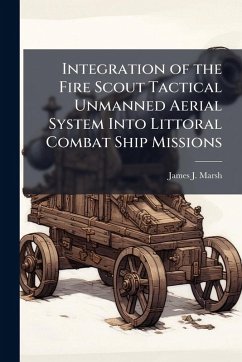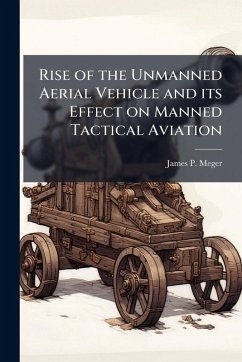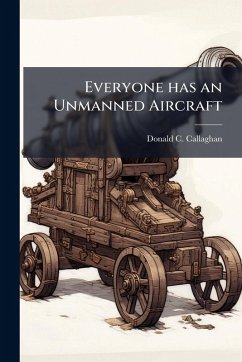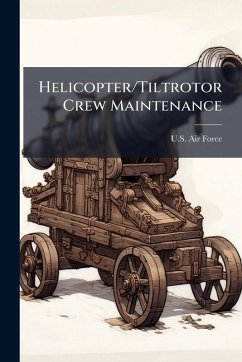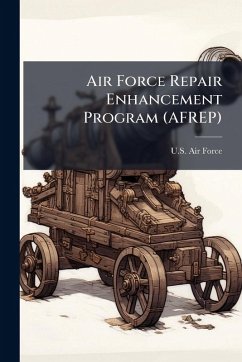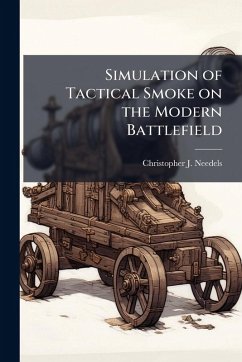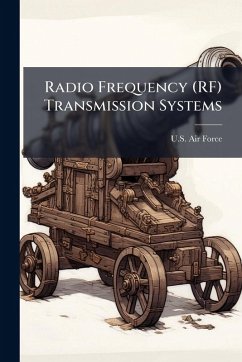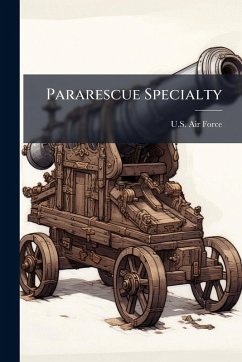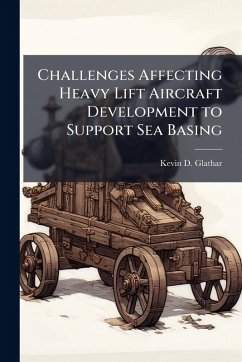
Simulation of Autonomic Logistics System Sortie Generation
Versandkostenfrei!
Versandfertig in über 4 Wochen
17,99 €
inkl. MwSt.
Weitere Ausgaben:

PAYBACK Punkte
9 °P sammeln!
The current Air Force logistics operations system is reactive in nature, meaning that after the aircraft detects a part failure, the maintenance person must perform fault isolation procedures and then steps are taken to repair or replace the faulty item. This may or may not include ordering of a replacement item from base supply. The Autonomic Logistics System (ALS) concept changes this reactive process into a proactive one with the employment of technologies such as prognostics and distributed information network. This new approach to the logistics process shows the potential for cost savings...
The current Air Force logistics operations system is reactive in nature, meaning that after the aircraft detects a part failure, the maintenance person must perform fault isolation procedures and then steps are taken to repair or replace the faulty item. This may or may not include ordering of a replacement item from base supply. The Autonomic Logistics System (ALS) concept changes this reactive process into a proactive one with the employment of technologies such as prognostics and distributed information network. This new approach to the logistics process shows the potential for cost savings, increased aircraft operational availability, and better system performance. The ALS basic function can be compared to the human body's nervous system. The body's nervous system performs activities automatically or without constant thought like respiration and blood circulation. This same concept can be applied to the Air Force logistics system. Certain logistics tasks can be handled automatically or autonomously. Ordering parts for a broken system, calling the right maintenance specialist to the right aircraft reporting a problem, notifying the maintenance control center that a certain aircraft has a malfunctioning system and will not be available for the next sortie, and other possible applications. Since the ALS can handle these routine tasks, the maintenance personnel are free to perform more important tasks such as maintaining and repairing the jets. This thesis explores the impact of this concept on the aircraft sortie generation process by building a discrete event simulation tool to allow the study of the baseline existing system and the ALS. This work has been selected by scholars as being culturally important, and is part of the knowledge base of civilization as we know it. This work was reproduced from the original artifact, and remains as true to the original work as possible. Therefore, you will see the original copyright references, library stamps (as most of these works have been housed in our most important libraries around the world), and other notations in the work. This work is in the public domain in the United States of America, and possibly other nations. Within the United States, you may freely copy and distribute this work, as no entity (individual or corporate) has a copyright on the body of the work. As a reproduction of a historical artifact, this work may contain missing or blurred pages, poor pictures, errant marks, etc. Scholars believe, and we concur, that this work is important enough to be preserved, reproduced, and made generally available to the public. We appreciate your support of the preservation process, and thank you for being an important part of keeping this knowledge alive and relevant.



